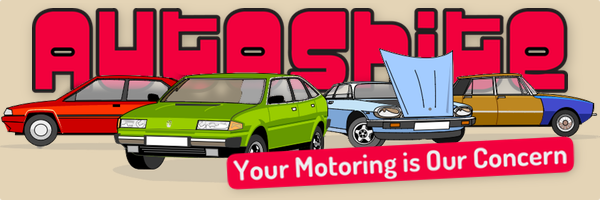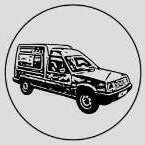Buying a Bus: Advice please
-
Similar Content
-
- 656 replies
- 97,697 views
-
Buying cars checklist
By DavidB,
- 28 replies
- 891 views
-
Yet another impulse buy..
By bigstraight6,
- 0 replies
- 509 views
-
First buy of the new year
By Boycie,
- 19 replies
- 1,833 views
-
Warch buys a shite Astraaargh! 1 2 3 4
By warch,
- 92 replies
- 7,075 views
-






Recommended Posts
Create an account or sign in to comment
You need to be a member in order to leave a comment
Create an account
Sign up for a new account in our community. It's easy!
Register a new accountSign in
Already have an account? Sign in here.
Sign In Now